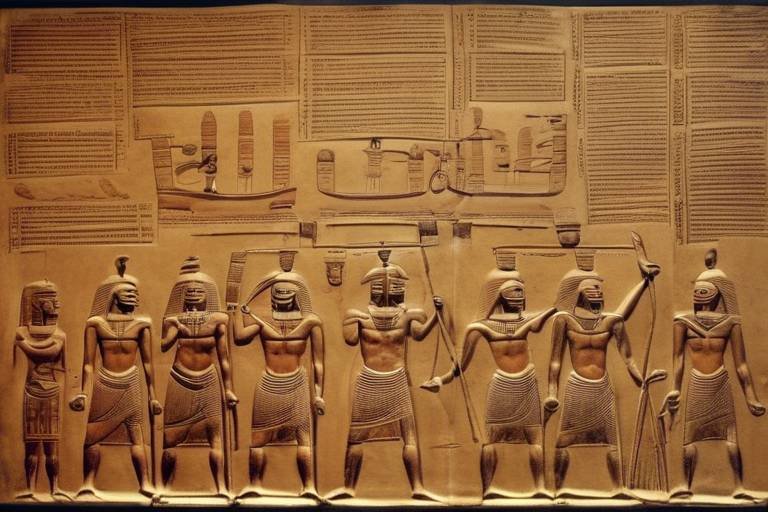The Secrets of Ancient Civilizations' Scientific Achievements
Ancient civilizations have left behind a legacy of scientific achievements that continue to intrigue and inspire us today. From their profound understanding of astronomy to their innovative engineering marvels, these ancient societies have demonstrated a level of knowledge and skill that still captivates our imagination. Let's delve into the secrets of their scientific achievements and uncover the mysteries that shroud their accomplishments.
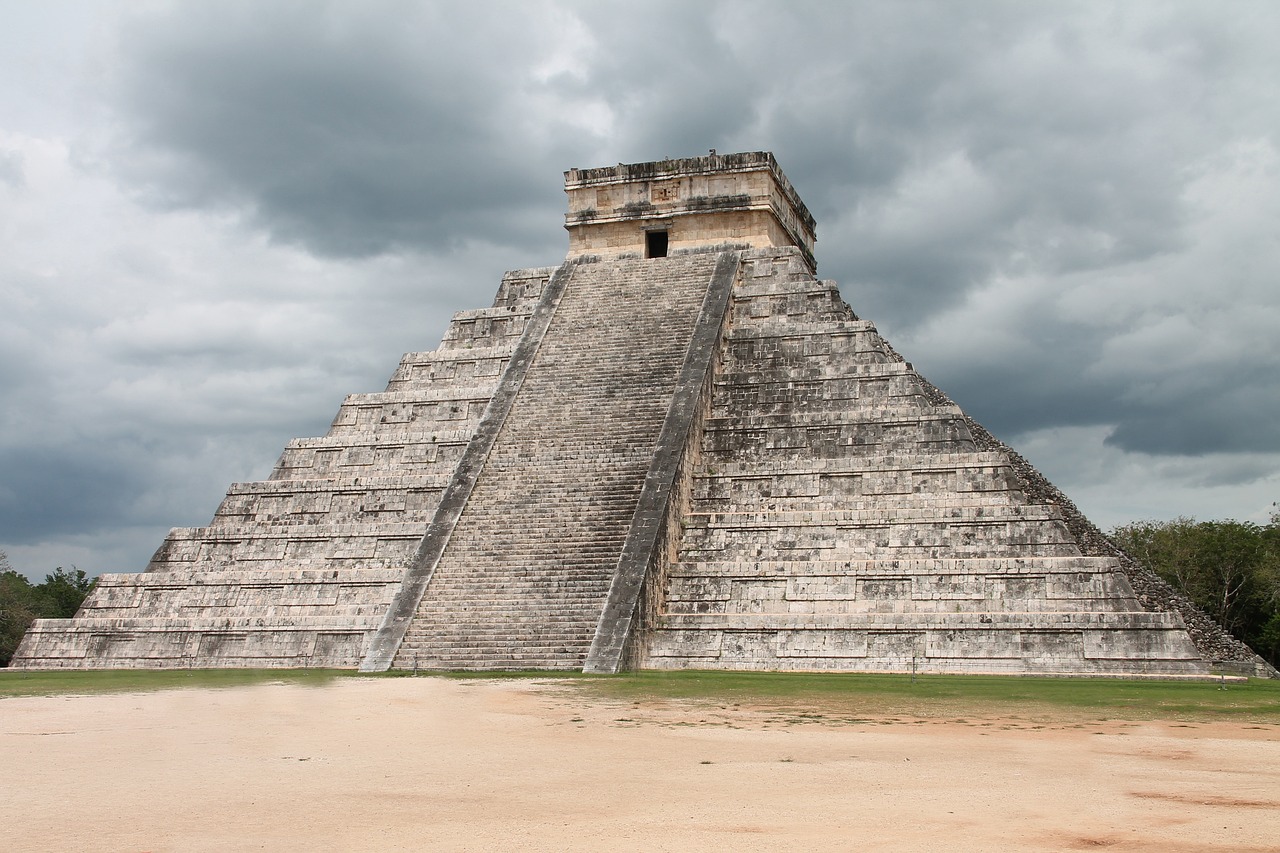
Ancient Astronomy and Navigation
When we gaze up at the night sky, marveling at the twinkling stars and the mysterious vastness of the universe, have you ever wondered how ancient civilizations perceived and navigated through the celestial realm? The ancient astronomers and navigators possessed a profound understanding of the stars and seas, laying the foundation for the development of astronomy and navigation as we know them today.
Ancient cultures such as the Egyptians, Greeks, and Mayans meticulously observed the movements of celestial bodies, charting the paths of the sun, moon, and stars with remarkable accuracy. Their astronomical knowledge not only allowed them to create calendars for agricultural purposes but also enabled them to navigate vast oceans and deserts with precision.
Through the alignment of monumental structures like Stonehenge and the Pyramids of Giza with celestial events, these ancient civilizations demonstrated their sophisticated understanding of astronomy. The intricate knowledge of constellations and star patterns facilitated maritime exploration, trade routes, and cultural exchanges across distant lands.
Moreover, the development of navigational tools such as the astrolabe and magnetic compass revolutionized seafaring expeditions, opening up new horizons for exploration and trade. The ability to navigate by the stars guided sailors through treacherous waters, transforming the ancient world's perception of geography and interconnectedness.
By delving into the celestial knowledge and navigational techniques of ancient civilizations, we uncover a world where the mysteries of the cosmos intertwined with the practicalities of everyday life. Their advancements in astronomy and navigation not only shaped their societies but also laid the groundwork for the scientific achievements that continue to inspire us today.
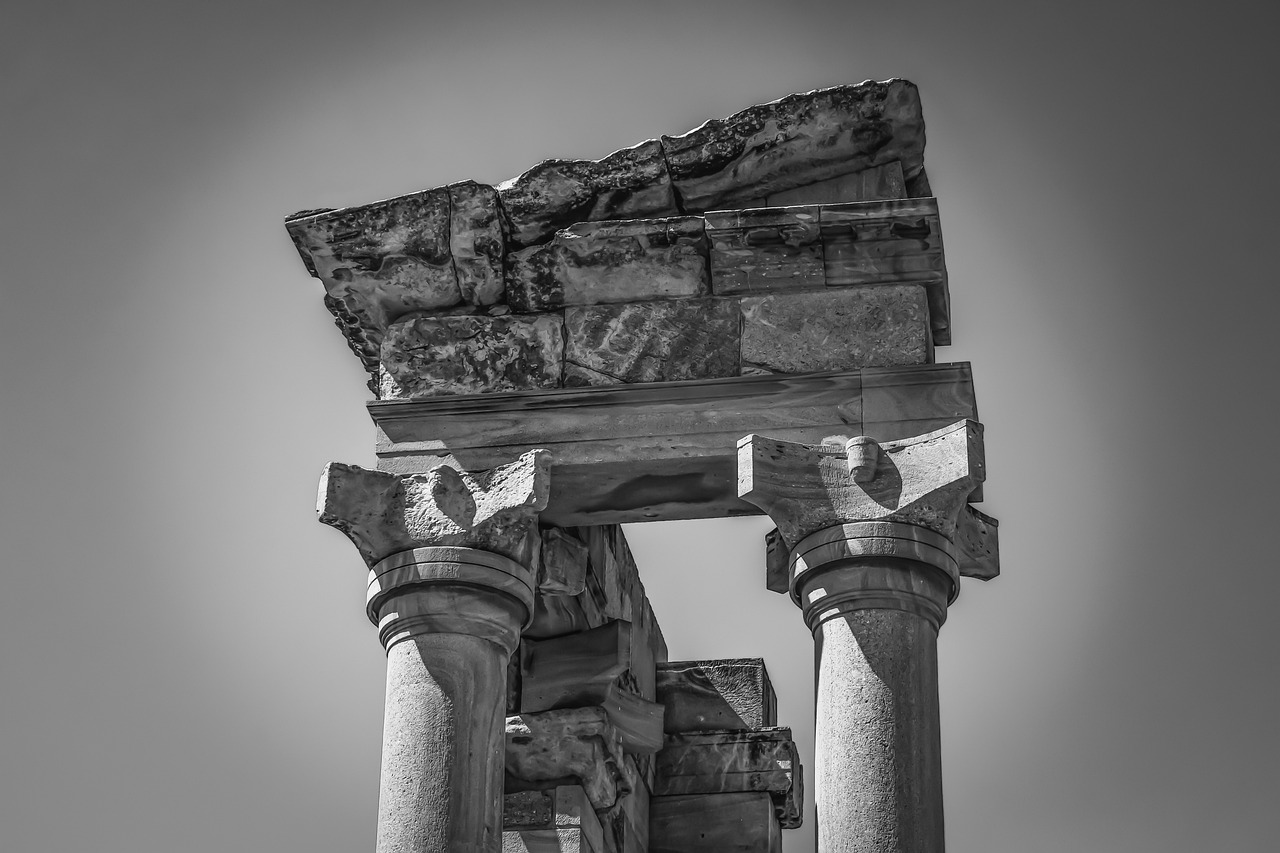
Engineering Marvels of the Past
Engineering Marvels of the Past have captivated the imagination of historians and architects alike, showcasing the ingenuity and skill of ancient civilizations in constructing monumental structures that stand the test of time. From the towering pyramids of Egypt to the intricate aqueducts of Rome, these architectural wonders continue to inspire awe and wonder in modern-day observers.
One of the most iconic engineering feats of antiquity is the Great Pyramid of Giza, built by the ancient Egyptians with remarkable precision and alignment to the cardinal points of the compass. The sheer size and mathematical accuracy of the pyramid's construction have sparked numerous theories and debates about the methods used by the Egyptians to achieve such architectural perfection.
Similarly, the Roman aqueducts stand as a testament to the advanced engineering skills of the ancient Romans, who designed and built a network of water supply systems that spanned hundreds of kilometers. These aqueducts not only provided fresh water to urban centers but also facilitated the development of complex irrigation systems and public baths, showcasing the Romans' mastery of hydraulic engineering.
Furthermore, the ancient Greeks contributed significantly to architectural innovation with their use of columns, arches, and domes in constructing temples and public buildings. The Parthenon in Athens, dedicated to the goddess Athena, exemplifies the Greek architectural style with its Doric columns and intricate friezes depicting mythological scenes.
Moreover, the engineering marvels of the past extend beyond monumental structures to include the construction of roads, bridges, and defensive fortifications that played a crucial role in shaping ancient societies. The Roman roads, known for their straight paths and durable construction, facilitated trade and military movements across the vast expanse of the Roman Empire, connecting distant provinces and fostering cultural exchange.
In conclusion, the engineering marvels of ancient civilizations continue to fascinate and inspire admiration for the innovative techniques and architectural achievements of the past. By studying these monumental structures and infrastructure projects, we gain valuable insights into the technological prowess and creative genius of our ancestors, whose legacy endures through the enduring beauty and resilience of their architectural creations.

Medicinal Practices and Herbal Remedies
Have you ever wondered about the remarkable scientific accomplishments of ancient civilizations? From advanced astronomical knowledge to innovative engineering marvels, ancient societies have left behind a legacy of wisdom and ingenuity that continues to fascinate us today. Let's delve into the mysteries of the past and uncover the secrets of their scientific achievements.
Ancient cultures possessed a profound understanding of medicinal practices and herbal remedies, relying on the healing power of nature to treat various ailments. These civilizations embraced holistic approaches to healthcare, combining herbal remedies with spiritual rituals to promote well-being and balance.
One of the key aspects of ancient medicinal practices was the use of herbs and plants for their therapeutic properties. Civilizations such as the Egyptians, Greeks, and Chinese developed sophisticated herbal remedies that targeted specific health issues. For example, the Egyptians used aloe vera for its healing properties, while the Greeks utilized chamomile for its calming effects.
Furthermore, ancient cultures believed in the interconnectedness of the body, mind, and spirit, viewing health as a harmonious balance of these elements. Herbal remedies were often accompanied by spiritual rituals and ceremonies to restore this balance and promote overall wellness.
Additionally, the knowledge of medicinal plants was passed down through generations, with healers and shamans playing a crucial role in preserving and transmitting this wisdom. These practices not only treated physical ailments but also addressed spiritual and emotional imbalances, recognizing the holistic nature of health and well-being.
Through the utilization of herbal remedies and holistic approaches, ancient civilizations demonstrated a deep respect for nature and its healing powers. Their medicinal practices continue to inspire modern-day herbal medicine and alternative therapies, reminding us of the timeless wisdom embedded in natural remedies.
If you have any questions or curiosities about the scientific achievements of ancient civilizations, check out the following FAQs:
- Q: How did ancient civilizations acquire knowledge of herbal remedies?
- A: Ancient cultures gained knowledge of herbal remedies through observation, experimentation, and spiritual guidance. They closely studied the properties of plants and their effects on the human body, developing a comprehensive understanding of natural healing.
- Q: Were medicinal practices in ancient civilizations effective?
- A: Many medicinal practices and herbal remedies used by ancient civilizations have been found to be effective through modern scientific research. The therapeutic properties of certain herbs and plants have been validated by contemporary studies, confirming the efficacy of ancient healing traditions.
- Q: How did ancient cultures view the connection between physical and spiritual health?
- A: Ancient cultures believed in the interconnectedness of the body, mind, and spirit, viewing health as a holistic balance of these elements. Spiritual rituals and ceremonies were often integrated into medicinal practices to promote overall well-being and harmony.
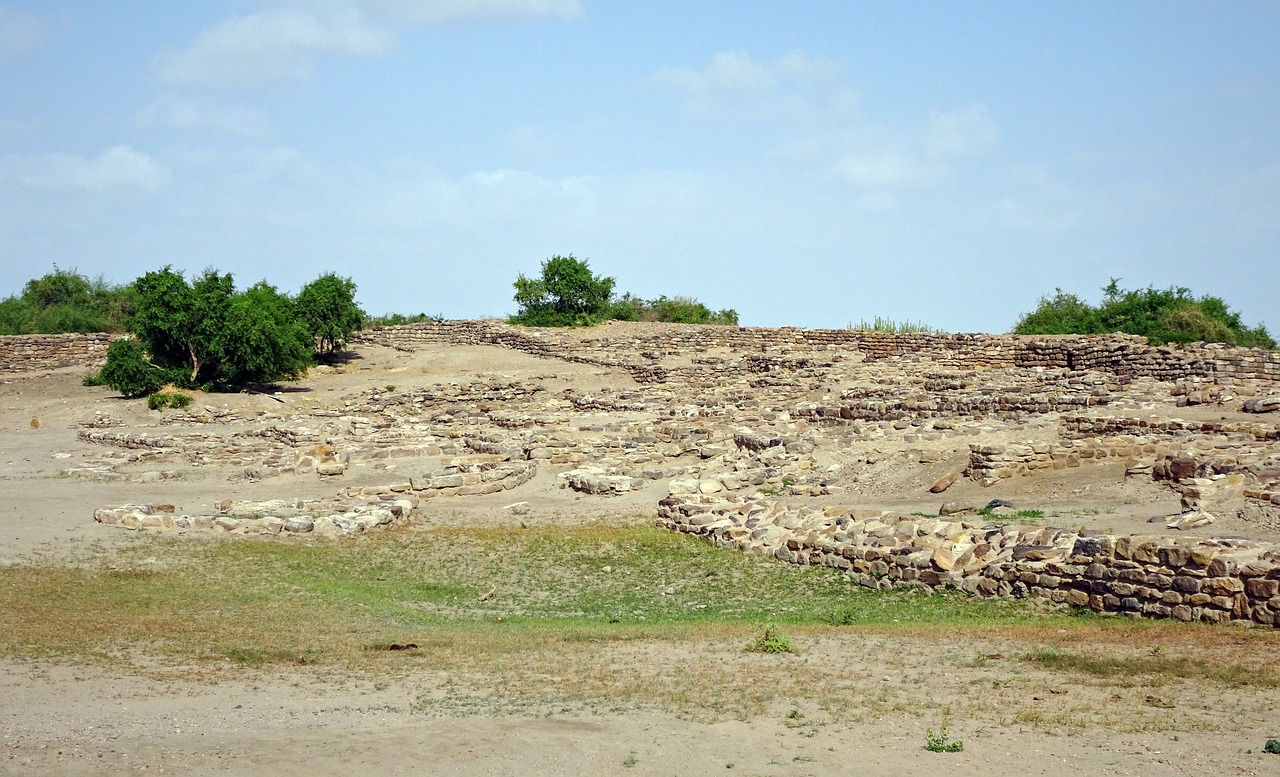
Ancient Mathematics and Geometry
Ancient Mathematics and Geometry have long been regarded as the cornerstones of scientific progress in ancient civilizations. The intricate numerical systems and geometric principles developed by these early societies laid the foundation for modern mathematics and architecture. The ancient Egyptians, for example, used advanced mathematical techniques to build the pyramids with astonishing precision, showcasing their deep understanding of geometry and spatial relationships.
Similarly, the Greeks made significant contributions to mathematics, with legendary figures like Pythagoras and Euclid revolutionizing the field. Pythagoras's famous theorem on right-angled triangles remains a fundamental concept in geometry, while Euclid's "Elements" is considered one of the most influential mathematical texts of all time, outlining the principles of geometry and number theory.
Ancient civilizations also utilized mathematics for practical purposes, such as land surveying, construction projects, and astronomical calculations. The Babylonians, for instance, developed a sophisticated number system based on the concept of 60, which influenced our modern division of time and angles. Their mathematical innovations paved the way for future advancements in astronomy and trigonometry.
Moreover, the Maya civilization in Mesoamerica demonstrated remarkable mathematical prowess, devising a complex calendar system and numerical notation that far surpassed their contemporaries. Their understanding of cycles and patterns in nature allowed them to create intricate mathematical models and predict celestial events with remarkable accuracy.
Overall, the study of ancient mathematics and geometry reveals the intellectual sophistication and ingenuity of past civilizations, showcasing their enduring legacy in shaping the scientific principles that continue to guide us today.

Mysterious Technologies and Inventions
Imagine a world where ancient civilizations crafted intricate devices and inventions that perplex modern minds. These mysterious technologies, shrouded in the mists of time, continue to spark curiosity and fascination. From the enigmatic Antikythera mechanism, an ancient Greek analog computer, to the astonishing pyramids of Egypt with their precise alignment to celestial bodies, these inventions are a testament to the ingenuity of our ancestors.
One of the most intriguing examples of ancient technology is the Baghdad Battery, a 2,000-year-old artifact that hints at the possibility of electricity use in antiquity. How did our predecessors harness such advanced knowledge? Were they aided by extraterrestrial beings, as some theories suggest, or did they possess a deeper understanding of natural forces than we give them credit for?
Exploring the mysteries of ancient technologies opens a gateway to a realm where imagination and reality intertwine. The legendary city of Atlantis, described by Plato, is said to have possessed advanced technology far beyond its time. Could such tales be based on truth, or are they mere myths woven into the fabric of history?
As we unravel the enigmas of ancient inventions, we are faced with more questions than answers. The Antikythera mechanism, with its intricate gears and astronomical functions, challenges our perception of ancient technological capabilities. Were these devices products of a highly advanced civilization lost to time, or did our ancestors possess knowledge that has since faded into obscurity?
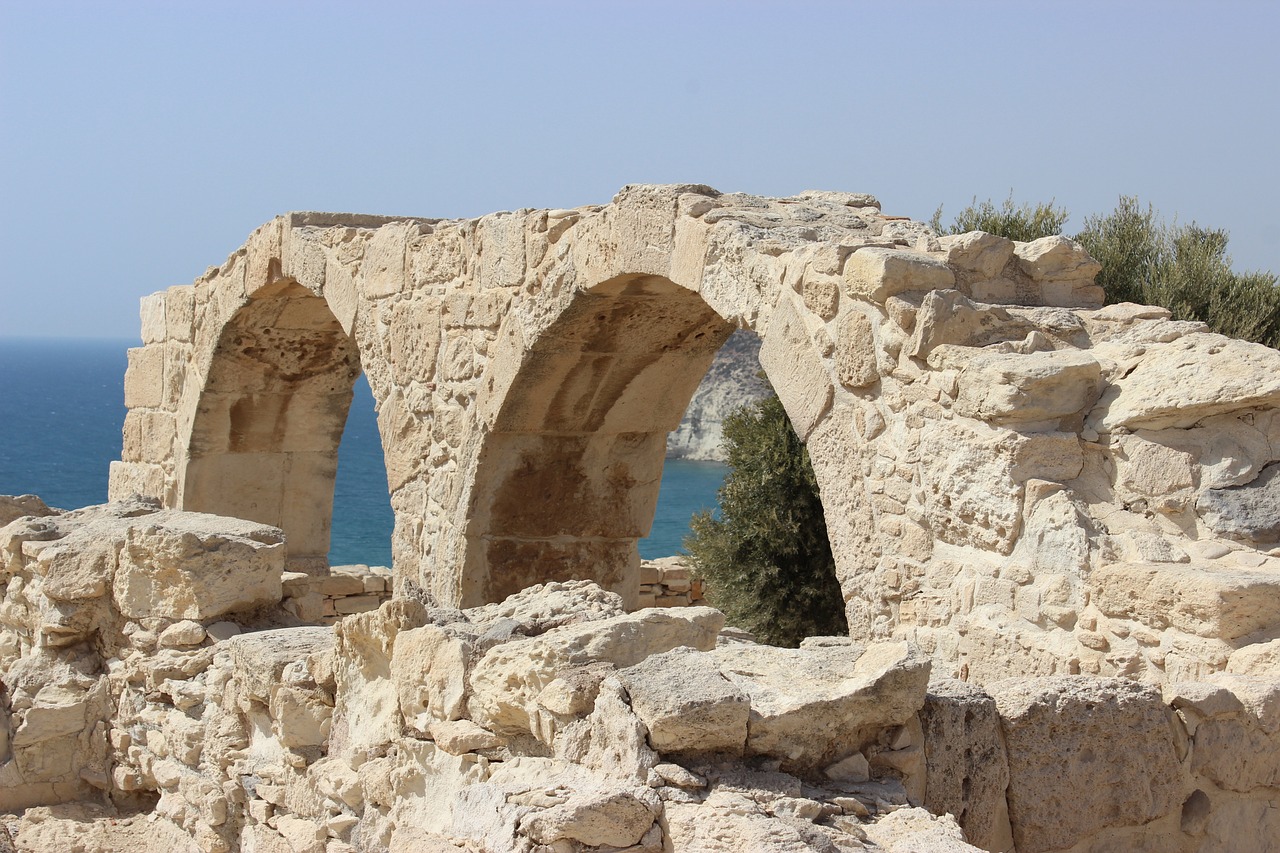
Sacred Sites and Ritualistic Practices
Sacred sites and ritualistic practices have always held a mystical allure, drawing us into the ancient world's spiritual realm where beliefs and traditions intertwined with the physical landscape. These sites were not merely physical locations but rather portals to the divine, where rituals and ceremonies connected the earthly inhabitants with the celestial forces. The grandeur of these sacred sites, whether towering pyramids or intricate temples, reflected the importance placed on spiritual connection and cosmic harmony.
Ancient civilizations meticulously constructed these sites in alignment with celestial bodies, such as the sun, moon, and stars, creating a harmonious relationship between the earthly and heavenly realms. The precision of their architectural designs and orientation of structures showcased a deep understanding of astronomy and sacred geometry, symbolizing the interconnectedness of the universe and humanity's place within it.
Ritualistic practices performed at these sacred sites were not mere superstitions but rather intricate ceremonies that honored deities, ancestors, and natural forces. Through elaborate rituals, ancient societies sought to maintain cosmic balance, ensure bountiful harvests, and secure protection from malevolent forces. The rhythmic chants, offerings, and symbolic gestures were all part of a sacred dance that transcended the physical world and delved into the spiritual essence of existence.
Moreover, these rituals were not isolated events but rather integral components of daily life, permeating every aspect of society with a sense of reverence and interconnectedness. The sacred sites served as focal points for communal gatherings, where individuals from all walks of life came together to partake in shared beliefs and traditions, strengthening the social fabric and cultural identity of the civilization.
As we gaze upon the remnants of these ancient sacred sites, we are reminded of the profound wisdom and spiritual insight possessed by our ancestors. Their ritualistic practices, steeped in symbolism and tradition, offer us a glimpse into a world where the mundane and the divine coexisted harmoniously, guiding humanity towards a deeper understanding of the cosmos and our place within it.
Exploring the sacred sites and ritualistic practices of ancient civilizations allows us to not only appreciate the architectural marvels and artistic expressions of the past but also to connect with the spiritual essence that permeated every stone, carving, and inscription. These sites stand as testaments to the enduring legacy of ancient wisdom and the timeless quest for transcendence that unites us across the ages.

Artistic Achievements and Symbolism
Artistic achievements of ancient civilizations hold a profound significance, serving as windows into the cultural and symbolic landscapes of the past. From intricate cave paintings to majestic sculptures, each artwork tells a story of creativity, beliefs, and societal values ingrained in the fabric of history. The symbolic representations found in these artistic masterpieces offer insights into the spiritual, mythological, and philosophical realms of ancient societies.
One remarkable example of artistic symbolism can be seen in the Egyptian hieroglyphs, where intricate symbols and images were used to convey narratives of gods, pharaohs, and daily life. The precision and detail in these hieroglyphs reflect the Egyptians' reverence for symbolism and their meticulous approach to preserving knowledge and history.
Similarly, the intricate pottery designs of the Minoan civilization in ancient Crete showcase a sophisticated artistic style that incorporated symbolic motifs such as bulls, snakes, and spirals. These symbols were not merely decorative but held deep cultural meanings related to fertility, power, and spirituality, providing a glimpse into the symbolic language of the Minoans.
Moreover, the art of ancient Mesopotamia, particularly the relief sculptures found in the ruins of Babylon and Assyria, depict scenes of warfare, mythology, and royal grandeur. These artworks served not only as aesthetic expressions but also as visual narratives that conveyed political power, religious beliefs, and historical events with symbolic depth.
Artistic achievements of ancient civilizations transcend mere aesthetic beauty; they serve as repositories of cultural knowledge, beliefs, and values that continue to resonate with modern audiences. By decoding the symbolism embedded in these artworks, we can unravel the mysteries of the past and appreciate the artistic ingenuity and symbolic richness of ancient cultures.
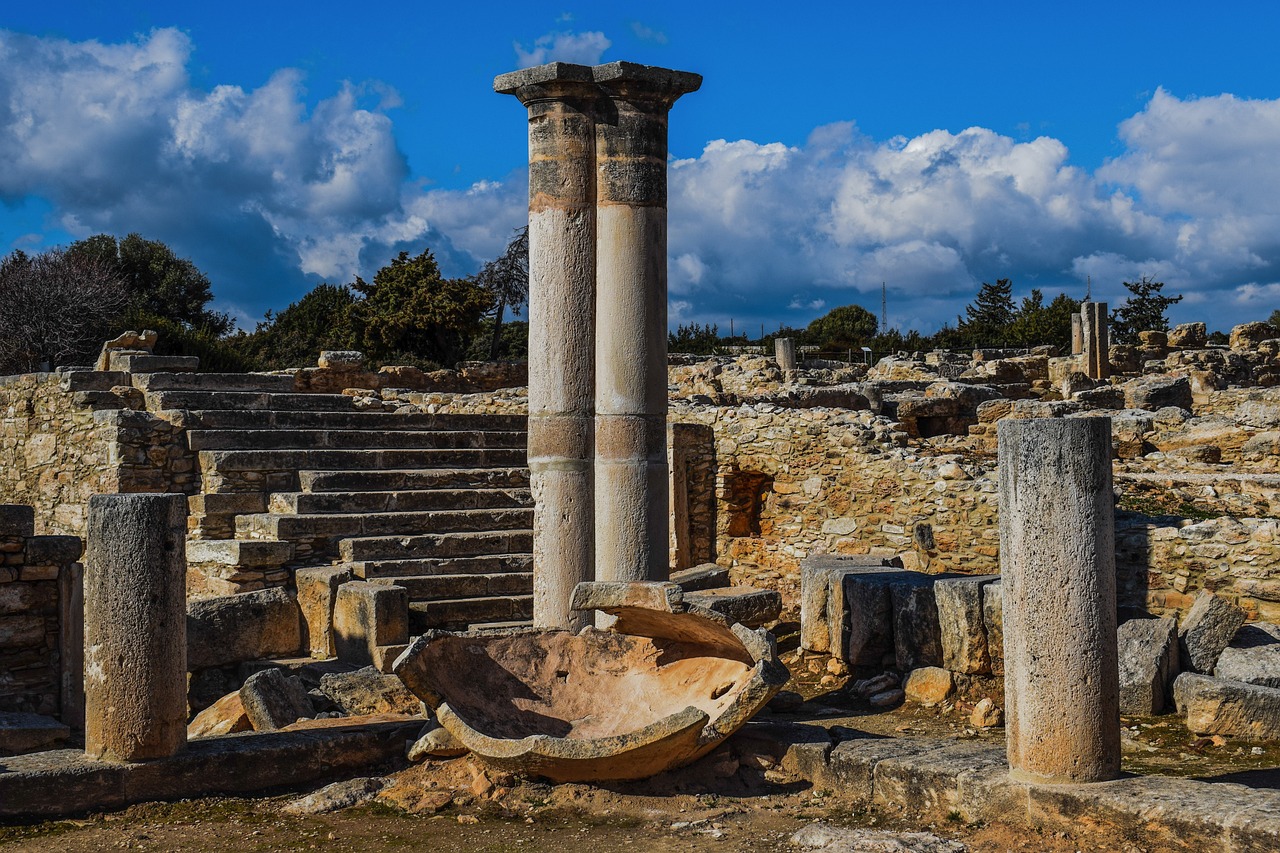
Maritime Exploration and Trade Routes
Maritime exploration and trade routes played a pivotal role in the prosperity and interconnectedness of ancient civilizations. The seafaring societies of the past ventured into the unknown waters, braving the unpredictable seas to establish trade networks that spanned vast distances. These maritime expeditions not only facilitated the exchange of goods and commodities but also fostered cultural exchanges and the spread of ideas.
One of the most renowned examples of ancient maritime exploration is the voyages of the Phoenicians, who were master navigators and traders. They sailed across the Mediterranean Sea, establishing trading outposts and colonies along the way. The Phoenicians' maritime prowess allowed them to dominate trade in the region and connect distant lands through lucrative commercial routes.
Similarly, the ancient Greeks and Romans were avid seafarers who ventured into the Mediterranean and beyond, expanding their influence through maritime trade. The Silk Road, a network of trade routes that connected the East and West, facilitated the exchange of goods, technologies, and ideas between ancient China, India, the Middle East, and Europe.
Maritime exploration not only fueled economic growth but also contributed to the cultural enrichment of societies. The establishment of trade routes enabled the diffusion of languages, religions, philosophies, and artistic styles across continents, creating a tapestry of interconnected civilizations.
Moreover, the exploration of new trade routes led to the discovery of previously unknown lands and resources, shaping the course of history and sparking further exploration and colonization. The maritime achievements of ancient civilizations laid the foundation for the globalized world we live in today, highlighting the enduring legacy of their adventurous spirit and quest for knowledge.

Legacy of Ancient Knowledge and Wisdom
As we delve into the annals of history, the legacy of ancient civilizations' knowledge and wisdom shines brightly through the mists of time. These remarkable societies, with their innovative thinking and profound insights, have left an indelible mark on the tapestry of human existence. From the mathematical marvels of the Egyptians to the philosophical ponderings of the Greeks, each civilization has bequeathed a treasure trove of wisdom that continues to inspire and educate us today.
One of the most enduring legacies of ancient knowledge is the concept of balance and harmony. Many ancient cultures believed in the interconnectedness of all things and the importance of maintaining equilibrium in life. From the yin and yang of Chinese philosophy to the Ma'at of the ancient Egyptians, these civilizations understood the delicate balance that sustains the universe and sought to align themselves with it.
Moreover, the wisdom of the past often transcends mere intellectual pursuits and delves into the realm of spirituality and ethics. The teachings of ancient sages and philosophers, such as Confucius and Socrates, continue to offer timeless lessons on morality, virtue, and the pursuit of a meaningful life. Their profound insights into human nature and the universe resonate with us across the centuries, reminding us of the enduring truths that underpin our existence.
Furthermore, the legacy of ancient knowledge extends to practical domains such as medicine, architecture, and astronomy. The medical practices of the Greeks, with their emphasis on holistic healing and the balance of the four humors, laid the foundation for modern healthcare. The architectural marvels of the Romans, from the aqueducts to the colosseums, showcase their engineering prowess and innovative construction techniques that still astound us today.
In conclusion, the legacy of ancient civilizations' knowledge and wisdom is a testament to the enduring power of human intellect and curiosity. By studying the achievements of our predecessors, we not only gain valuable insights into our past but also glean wisdom that can guide us in the present and inspire us for the future.
Frequently Asked Questions
- Can ancient civilizations' scientific achievements still be seen today?
Absolutely! Many of the architectural marvels, such as the pyramids of Egypt and the Roman aqueducts, stand as testaments to the advanced engineering skills of ancient societies.
- What kind of medicinal practices did ancient cultures employ?
Ancient civilizations relied heavily on herbal remedies and holistic approaches to healthcare. They used plants and natural substances to treat ailments and maintain well-being.
- Were ancient civilizations knowledgeable about astronomy?
Absolutely! Ancient cultures had a deep understanding of celestial bodies and their movements. They used this knowledge for navigation, timekeeping, and predicting natural events.
- Did ancient societies have advanced mathematical systems?
Absolutely! Ancient civilizations developed sophisticated numerical systems and geometric concepts. Their mathematical knowledge was applied in various fields, including architecture, astronomy, and commerce.
- What are some mysterious technologies from ancient times?
Ancient civilizations had various enigmatic technologies and inventions, such as the Antikythera mechanism and the Baghdad battery. These devices continue to puzzle modern researchers.


